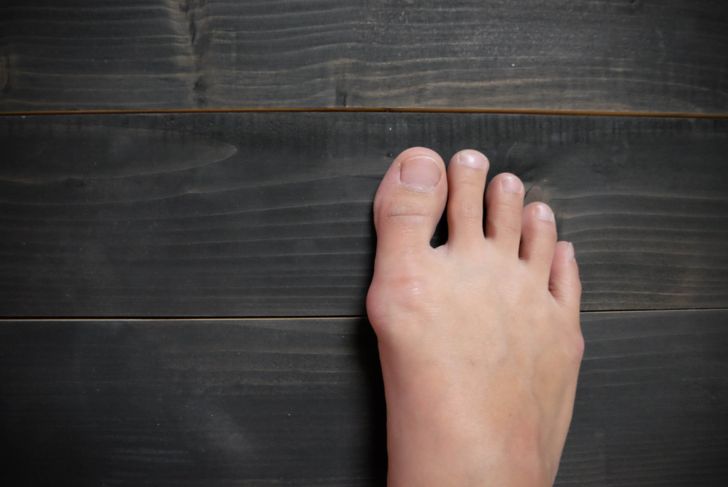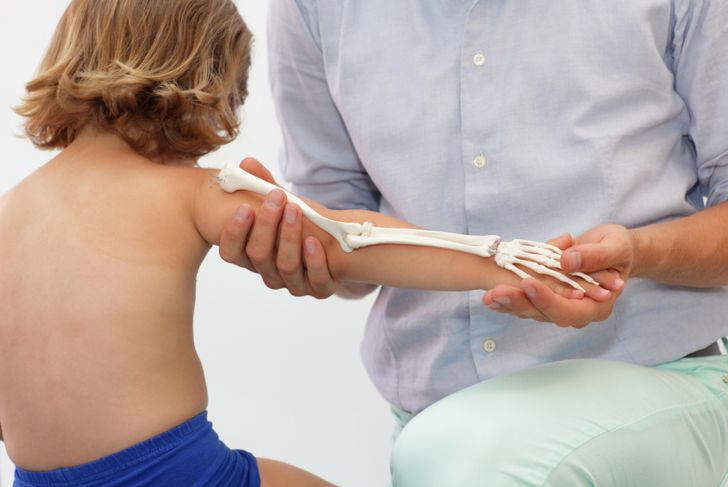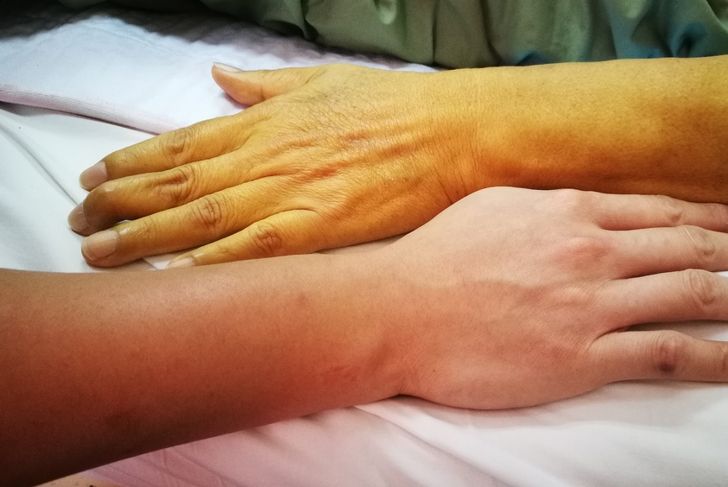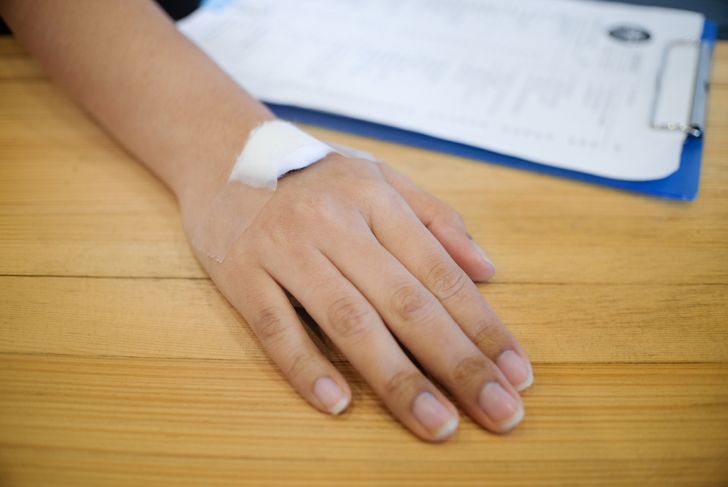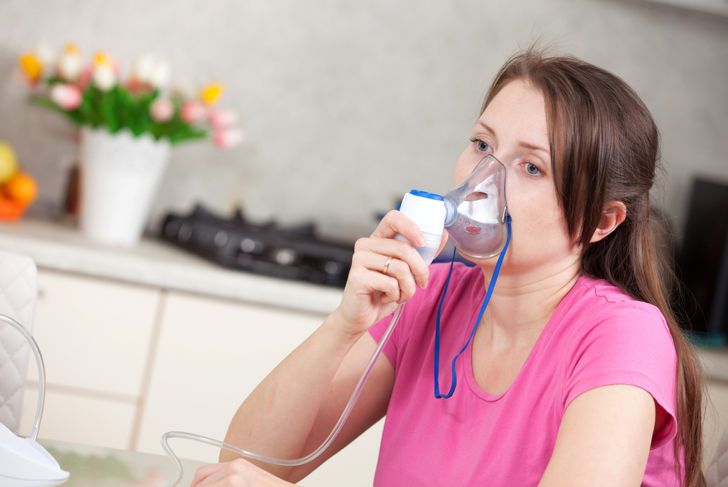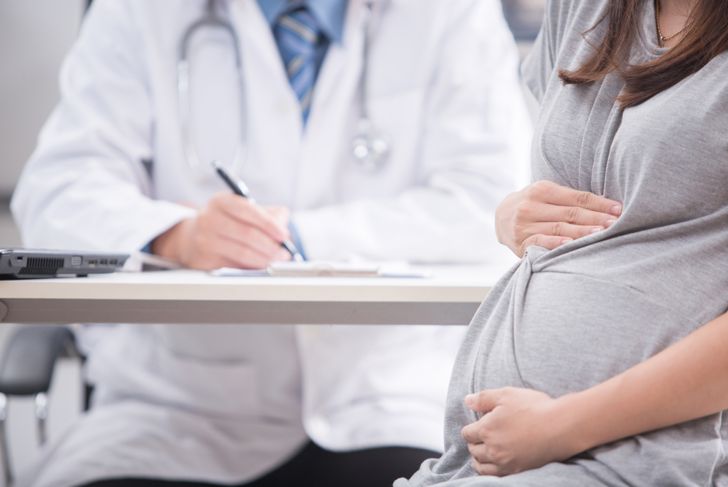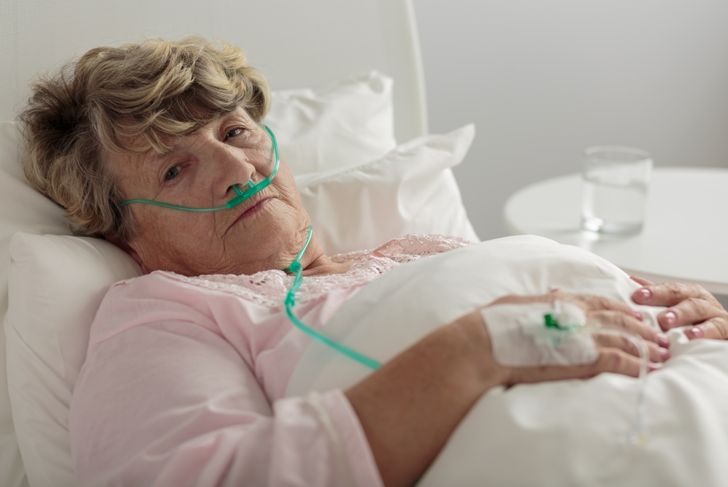Thalassemia is an inherited disorder of the blood. With this disorder, the body produces hemoglobin in an abnormal form. If your mother and father are thalassemia carriers, there’s a bigger risk that you’ll have it too. This disorder destroys the body’s red blood cells. Because of this, the person may develop anemia too. There are three main types of thalassemia. These are thalassemia minor, alpha thalassemia, and beta-thalassemia. The first one is the least harmful among the types while the last two are very dangerous. If at least one of your alpha globin genes has an abnormality, then it means you have alpha thalassemia. If your beta-globin genes have the abnormality, then you have beta-thalassemia. Here are the most common symptoms and treatments of this disorder:
Deformity of the bones
People with this disorder have bone deformities, and they usually occur in the face. This disorder can force the bone marrow to expand. This makes the bones widen, therefore resulting in an abnormal structure. The person may also have bone abnormalities like osteoporosis. When the bone marrow expands, it results in thin and brittle bones. When this happens, your bones may crack a lot easier. These symptoms don’t happen to everyone suffering from thalassemia. However, it may occur in some types. For these symptoms, surgery is the best treatment. You’d have to consult a surgeon to correct such abnormalities.
Delayed growth
Another prominent symptom of thalassemia is a delay in growth. People who suffer from this disorder aren’t able to grow and develop normally. Aside from being a symptom of the disorder, the delay may be because they suffer from poor feeding. Another reason is that they may have too much iron in their bodies.The iron can damage the liver, heart, and endocrine system. These are in charge of regulating the different processes in the body. So when they get damaged, it stunts the growth. In this case, the best treatment is to remove any excess iron in the body. Doctors do this through a process called iron chelation.
Yellowish or pale skin
Thalassemia sufferers usually have unusually pale skin. Either that or they have yellowish skin, more commonly known as jaundice. This is another common symptom of this disorder. This symptom can be an indication of other diseases as well, such as liver disease.If you notice this symptom, try to observe it. If it doesn’t go away after some time, then you need to consult with a doctor immediately. You may need a blood transfusion or some other medications to treat jaundice.
Excessive fatigue
Excessive fatigue is another common symptom, and it occurs in thalassemia too. A person may feel excessively tired even without doing any strenuous activities. A person may also feel drowsy or dizzy frequently. In cases like this, the best thing to do is take a rest.If you’re well-rested, but you’re still feeling this way, it may point to something more serious. In its mildest form, thalassemia doesn’t actually exhibit noticeable symptoms. That’s why it’s important to keep observing any changes in the body. You may think you’re just tired. But actually, you’re already suffering from a serious disorder.
Enlarged spleen
One significant symptom of this disorder is an enlarged spleen. The spleen is an organ in the body that helps protect it from infection. It’s also useful in filtering toxins and other useless materials. Remember that thalassemia destroys the red blood cells in the body. Because of this, the spleen needs to work a lot harder, and so it ends up getting enlarged. Some people opt for splenomegaly. However, this can worsen anemia and shorten the life of transfused blood. If your spleen becomes too enlarged, the best treatment for it is to have it removed. A doctor will remove the spleen in a process called a splenectomy.
Breathing difficulty
More common symptoms of thalassemia manifest themselves in breathing difficulties. You may feel a shortness of breath even without obvious cause. Along with this, you may also experience an accelerated heartbeat and chest pains. All these symptoms are quite stressful to feel, especially when they come suddenly. When you feel these symptoms, try your best to relax. When you panic, the breathing difficulties will get worse. Try deep breathing exercises and thinking calming thoughts to lessen these signs.
Weakness
Overall, people who suffer from thalassemia get weakened by the condition. Such a person may experience different symptoms which will cause weakness. These include headaches, abdominal swelling, leg cramps, as well as cold hands, and feet. Because their bodies are weaker, they have a higher risk of developing infections. People may also develop infections as they may get it from blood transfusions. Sufferers of this condition need a lot of transfusions. This means that there are plenty of ways to get infected. Fortunately, you can combat weaknesses and infections. Just take supplements and medications prescribed by the doctor.
Thalassemia minor symptoms
This form of thalassemia doesn’t usually manifest any symptoms. In rare cases though, the most common symptom is a minor case of anemia. This makes the disorder hard to detect and diagnose. It’s best to have yourself tested if anyone in your family suffers from it. Since this type isn’t too severe, the best treatment for it is a blood transfusion. This will normalize the healthy red blood cells in the body.
Alpha thalassemia symptoms
This is a more serious type of condition. Common symptoms include malnourishment, jaundice, and a tremendously enlarged spleen. There’s a form of alpha thalassemia called hydrops fetalis, and this is the most severe form. It occurs in the body even before birth. People who have this condition are usually stillborn. Either that or they die a short time after birth. This form of the disorder only occurs when all the alpha globin genes are missing or modified.
Beta thalassemia symptoms
Finally, there’s beta-thalassemia. This is an extremely severe form of the disorder, and it comes with a lot of different symptoms. These include pale skin, poor appetite, fussiness, and frequent infections. People who suffer from this condition aren’t able to thrive well. They also have jaundice and a number of enlarged organs.In order to treat this severe disorder, a person needs frequent blood transfusions. Without these, the person will wither away and weaken quickly. Another kind of treatment for such disorder is a stem cell and bone marrow transplant. This is a more complex procedure, and the person needs to find a donor compatible with him. However, it’s the only kind of treatment that can really cure thalassemia.

 Home
Home Health
Health Diet & Nutrition
Diet & Nutrition Living Well
Living Well More
More